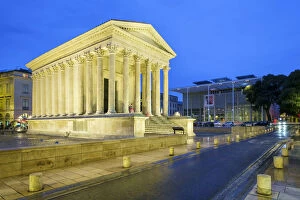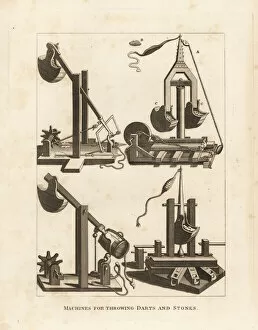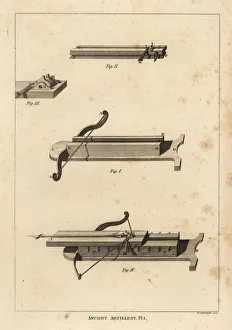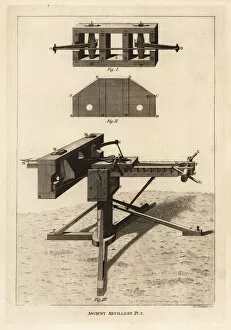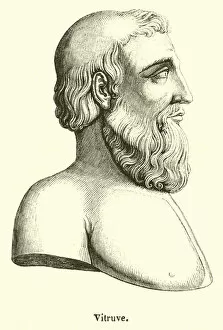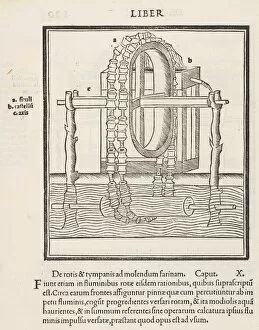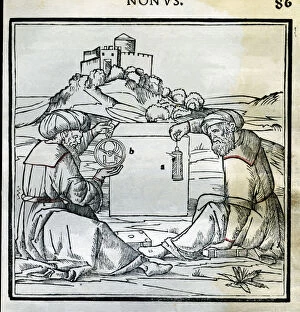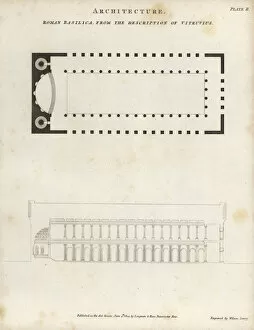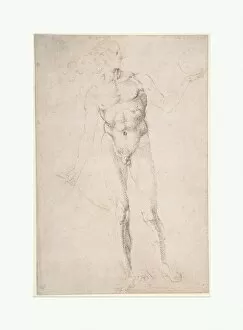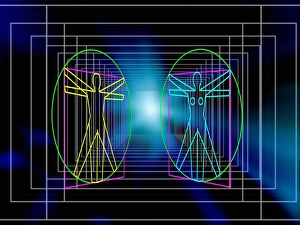Vitruvius Collection
Vitruvius, the renowned ancient Roman architect and engineer, left an indelible mark on history with his groundbreaking works
All Professionally Made to Order for Quick Shipping
Vitruvius, the renowned ancient Roman architect and engineer, left an indelible mark on history with his groundbreaking works. From the majestic Maison Carrée to the mystical labyrinth gardens, his creations continue to captivate our imagination. As night falls on Place de la Maison Carrée, one cannot help but be awestruck by the ethereal beauty of this ancient Roman temple. Bathed in soft moonlight, its grandeur stands as a testament to Vitruvius' architectural genius. But it wasn't just temples that occupied Vitruvius' mind; he was also fascinated by war machines. Counterweight machines capable of hurling darts and stones were among his ingenious inventions. The Scorpion, a fearsome contraption designed for firing deadly darts with precision, showcased his mastery over engineering. Another marvel from Vitruvius' repertoire was the catapulta - an ancient machine that projected darts with incredible force. Its power and accuracy were unmatched in its time and served as a testament to Vitruvius' ingenuity. The balista was yet another creation that highlighted Vitruvius' brilliance. This formidable machine could launch massive stones towards enemy fortifications with devastating impact. His method for stringing the balista revolutionized warfare tactics forever. Beyond architecture and war machines, Vitruvius had a keen eye for aesthetics too. He crafted enchanting labyrinth gardens that delighted all who wandered through them. These meticulously designed mazes became symbols of harmony between nature and man-made structures - a concept beautifully depicted in "De Architectura. " Vitruvius' influence extended far beyond his lifetime; even centuries later, artists like Leonardo da Vinci drew inspiration from him. Da Vinci's iconic drawing depicting the proportions of the human figure pays homage to Vitruvian principles – showcasing how deeply ingrained his ideas are within artistic circles.

